A Starfish-Inspired 4D Self-Healing Morphing Structure
Published in Materials

-By Raman , first author-
The journey began when I joined the Biomimetics-Innovation-Centre at Hochschule Bremen – City University of Applied Sciences to start my PhD under the supervision of Professors Jan-Henning Dirks and Susanna Labisch. Coming from a mechanical and materials engineering background, I was stepping into a project that blended engineering and biology in a way I had never experienced before. My supervisors had secured funding with a clear and fascinating goal: to develop a starfish-inspired morphing structure that could hold a shape without needing continuous energy.
Our inspiration came from the starfish’s remarkable ability to maintain a posture with minimal energy. Their skeletal system, composed of tiny, bone-like ossicles and mutable collagenous tissues, allows them to lock their limbs in place for long periods without getting tired. As an engineer, this presented an exciting challenge: could we develop a structure inspired by this energy-efficient mechanism? Most conventional designs rely on external energy to hold a shape, but the starfish skeleton showed us that it could be done differently.
We started by diving deep into starfish anatomy. High-resolution X-ray CT scans of starfish skeletons revealed the intricate and complex mesh of ossicles and collagenous tissues, which allows the starfish body to “morph”. Translating these biological principles into a technical design was the next challenge. One evening, an idea hit me. Hesitant yet hopeful, I shared it with my supervisors. The next thing I knew, I received an email from Jan-Henning with links to purchase materials for our first prototypes. After several weeks in the lab with many trials and errors, we finally developed a simple two-component system: a thermoplastic mesh that acts like the starfish’s ossicles and collagenous tissues, and a surrounding elastomer jacket that mimics the starfish’s flexible, protective skin.
The simplicity of this design was one of its most striking features. Whenever I present our work, people are amazed that no one had thought of this concept before. Even we were surprised when our patent was granted within just one year—a rare and exciting achievement.
So, how does the morphing structure work? The thermoplastic mesh softens when heated above its glass transition temperature, allowing it to change shape. Once cooled, the mesh hardenes again and thus locks the structure into place without needing any external energy to maintain the new posture. The elastomer jacket plays a crucial role, protecting the mesh and controlling deformation while maintaining the structure's overall dimensions during the shape change. It sounds simple, right? But the potential applications are vast.
Our design is not only inspired by the starfish skeleton, however but also has additional unique features. In addition to continuous bending and posture holding, our structure features shape memory and self-healing capabilities. By tweaking the mesh geometry, we can fine-tune its mechanical and thermal properties, allowing it to return to its original shape after deformation and control how and when that happens.
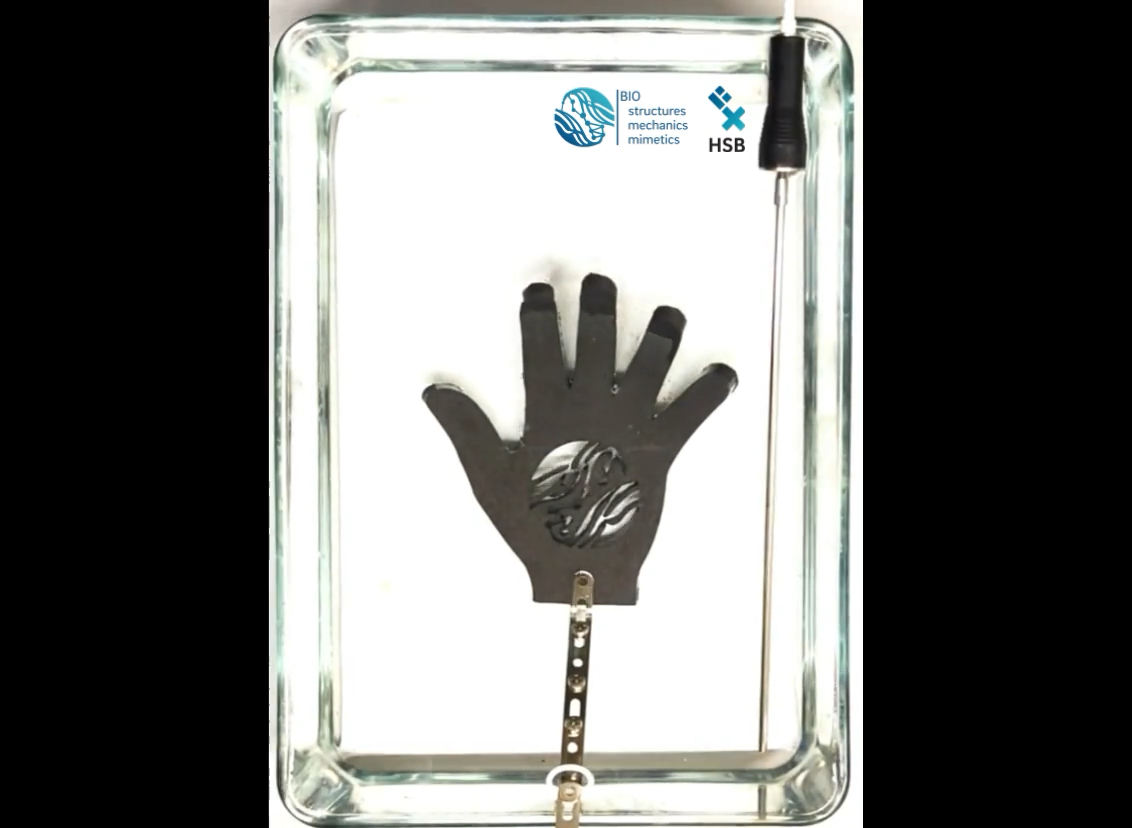
One of the most exciting features is the structure’s ability to heal itself. By heating the thermoplastic mesh to its melting point, it can repair internal damage. This self-healing ability not only restores the structure’s integrity but also extends its lifespan, making it highly durable and reusable.
In addition to these advanced features, the structure is simple to manufacture and - in comparison to most other morphing structures - very affordable. If you have access to a 3D printer and silicone resin, you can start making these structures right away. This opens up possibilities across industries, from biomedical devices and aerospace to robotics and automotive design. We are especially committed to making this technology accessible for a wide range of applications. For example, our latest prototype can be powered by a standard smartphone charger, showing how easily our technology can integrate into everyday life products.
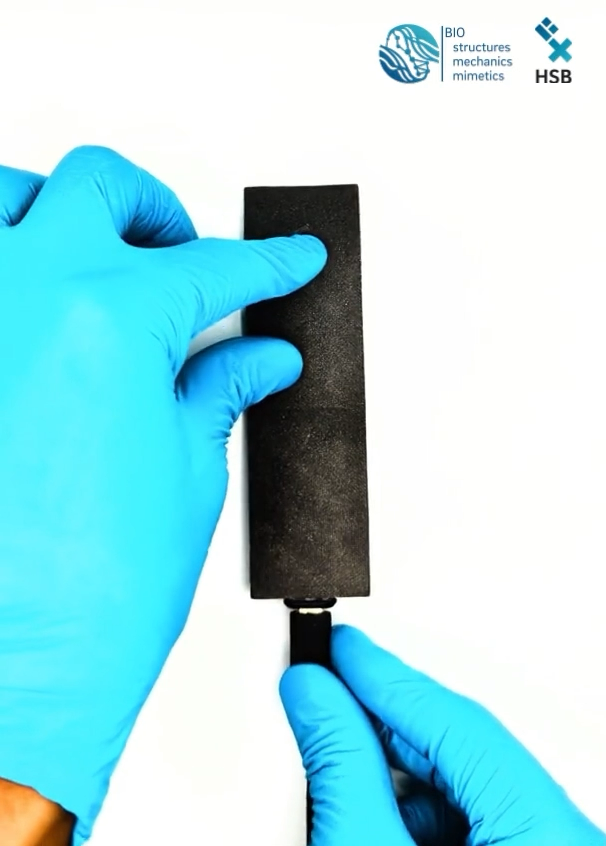
Looking ahead, we believe that the potential applications for this technology are almost limitless. We’re eager to see how others might envision using our starfish-inspired morphing structure. Maybe in biomedical sciences, architecture, aerospace engineering or even the design of customised furniture? We’re excited to hear your thoughts and ideas on where this technology could go next.
For now, I hope this research serves as a stepping stone toward the development of smarter morphing materials. Nature’s designs have inspired us, and I believe they will continue to fuel the engineering innovations of tomorrow.
Follow the Topic
-
Scientific Reports

An open access journal publishing original research from across all areas of the natural sciences, psychology, medicine and engineering.
Related Collections
With Collections, you can get published faster and increase your visibility.
Reproductive Health
Publishing Model: Hybrid
Deadline: Mar 30, 2026
Women’s Health
Publishing Model: Open Access
Deadline: Feb 14, 2026

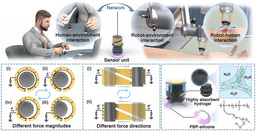

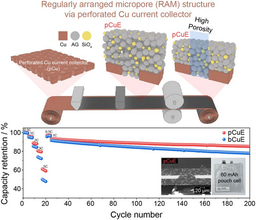
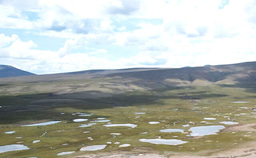
Please sign in or register for FREE
If you are a registered user on Research Communities by Springer Nature, please sign in